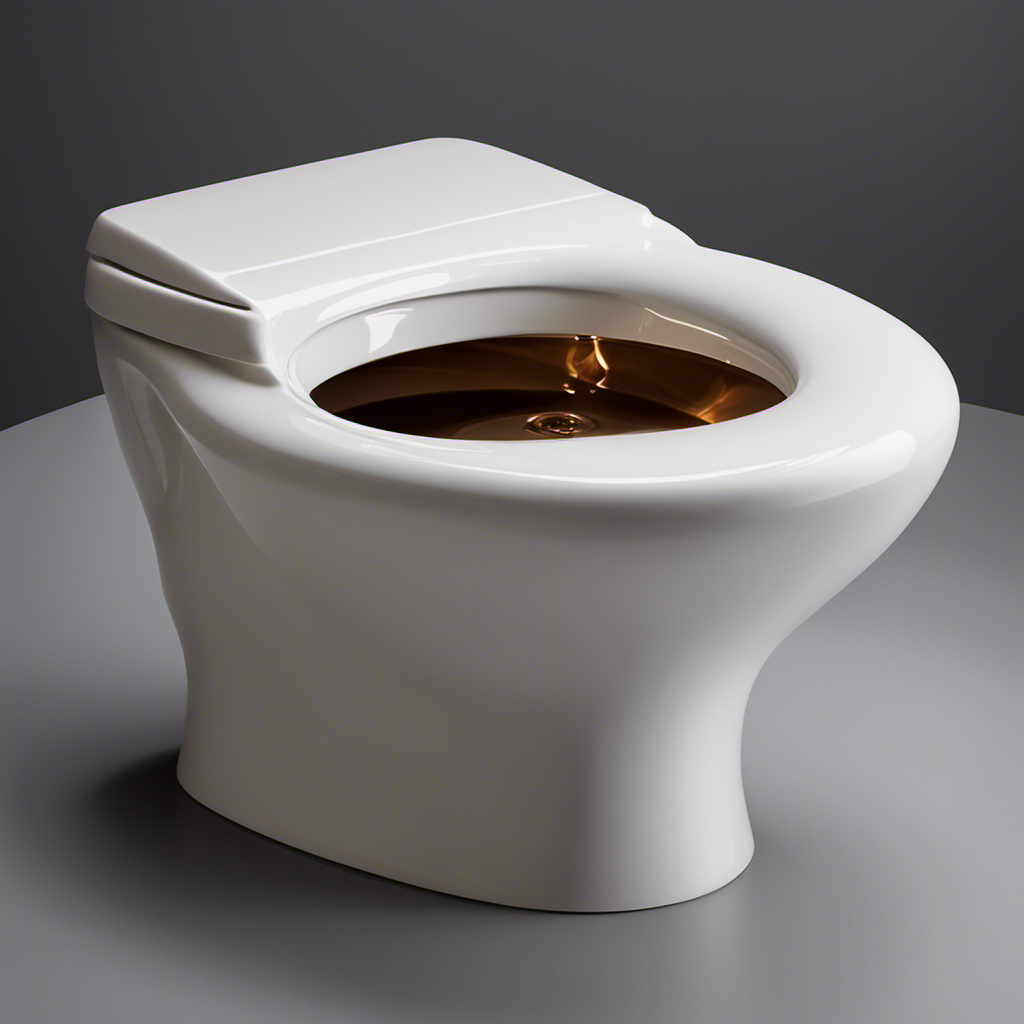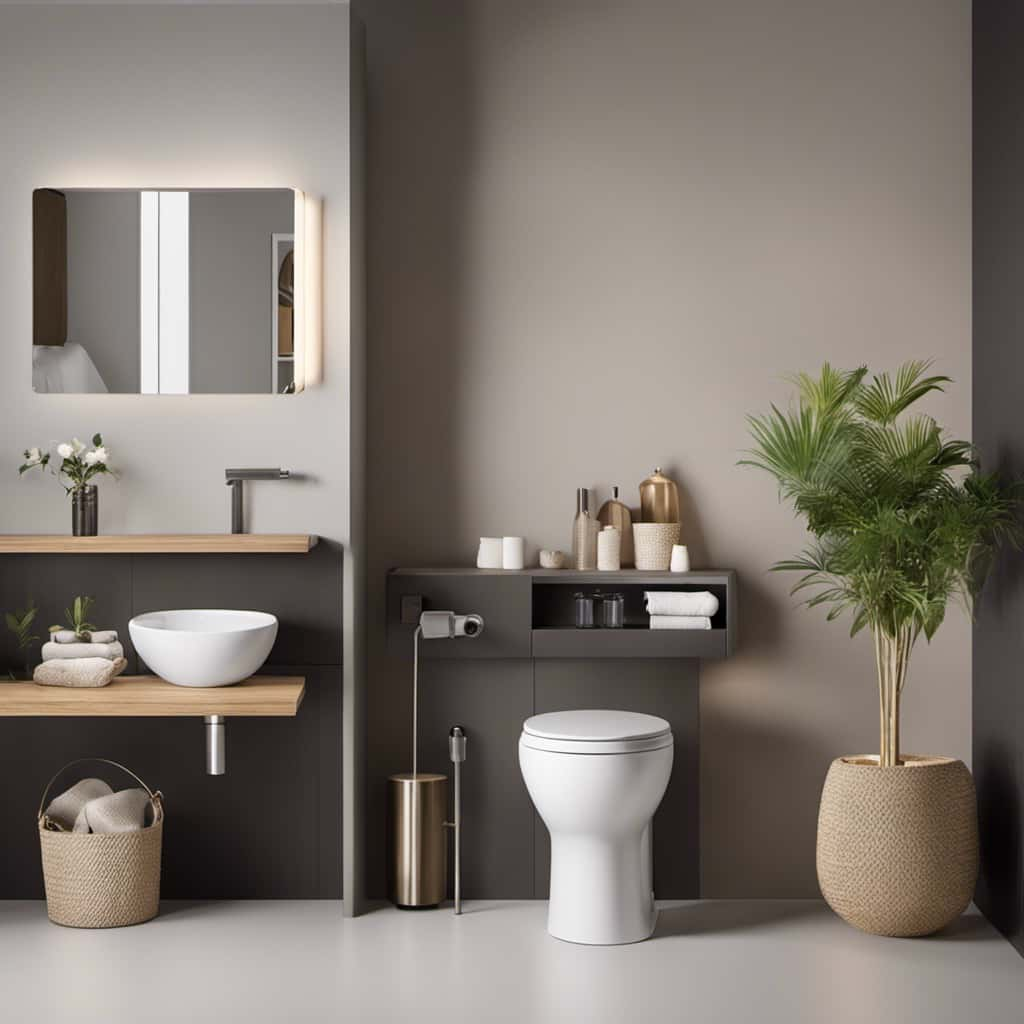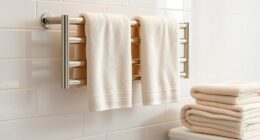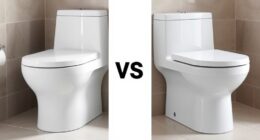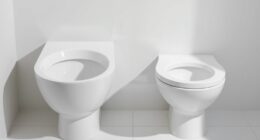- Importance of educating consumers
- Municipal regulations on flushing wipes
Is it really safe to flush any wipes? You could find it unexpected that the response isn’t as clear-cut as you might think.
In this article, we delve into the world of flushable wipes, exploring the truth behind their claims and the environmental consequences of flushing them.
We’ll also provide alternatives and tips for choosing safe and environmentally friendly wipes.
Get ready to uncover the reality behind the label and make informed decisions about your flushing habits.
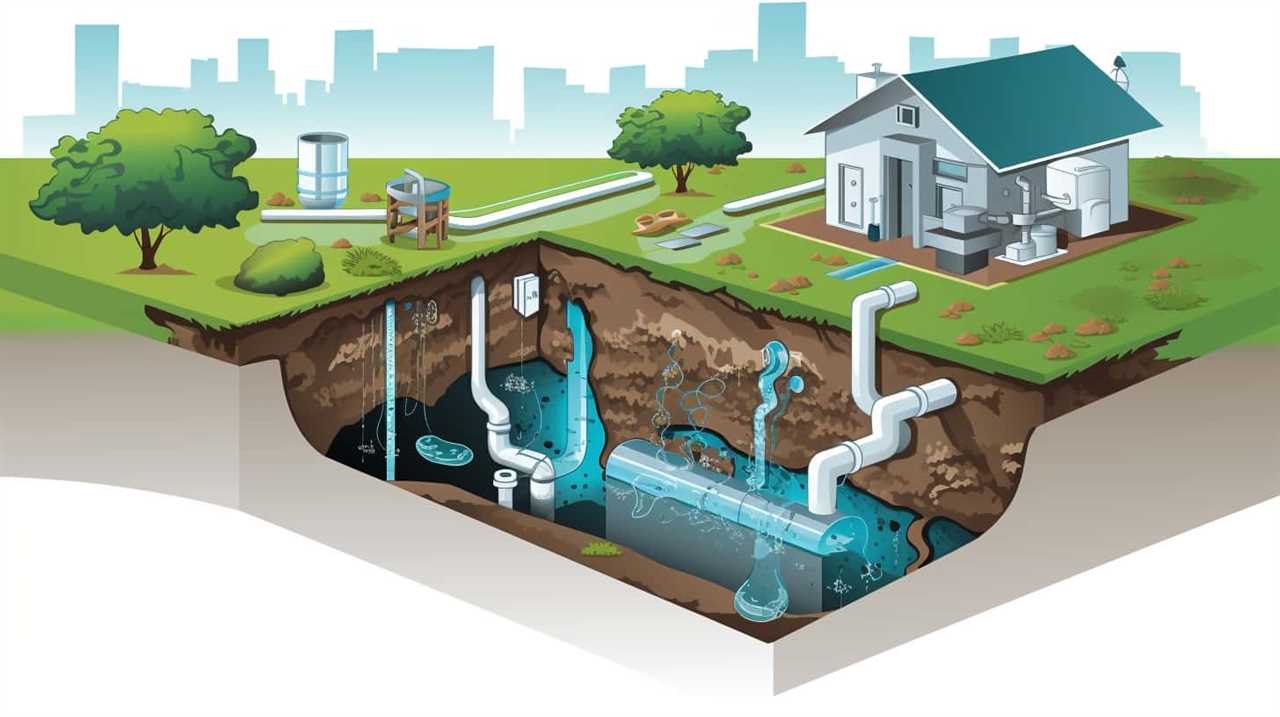
Key Takeaways
- There is no universal standard for flushable wipe regulations, leading to confusion among consumers.
- Many wipes labeled as ‘flushable’ do not break down properly in the sewer system, causing clogs and blockages.
- Independent studies have shown that flushable wipes do not disintegrate like toilet paper, causing problems for wastewater treatment facilities.
- Exploring biodegradable alternatives, such as cloth wipes made from sustainable materials, can help mitigate the negative environmental impact of flushable wipes.
The Definition of Flushable Wipes
We believe that a clear definition of flushable wipes is essential for understanding their suitability for flushing, so let’s delve into the topic.
When it comes to flushable wipe regulations, there’s currently no universal standard in place. Different countries have varying guidelines, making it difficult for consumers to determine which wipes can actually be safely flushed. This lack of clarity has led to confusion and frustration among consumers, as many wipes labeled as ‘flushable’ don’t break down properly in the sewer system, causing costly blockages and environmental damage.
Consumer awareness is crucial in navigating through the misleading claims made by manufacturers. By understanding the labeling and packaging of flushable wipes, consumers can make informed decisions and avoid potential plumbing problems.
With this in mind, let’s explore how to decipher the information provided on flushable wipe packaging.
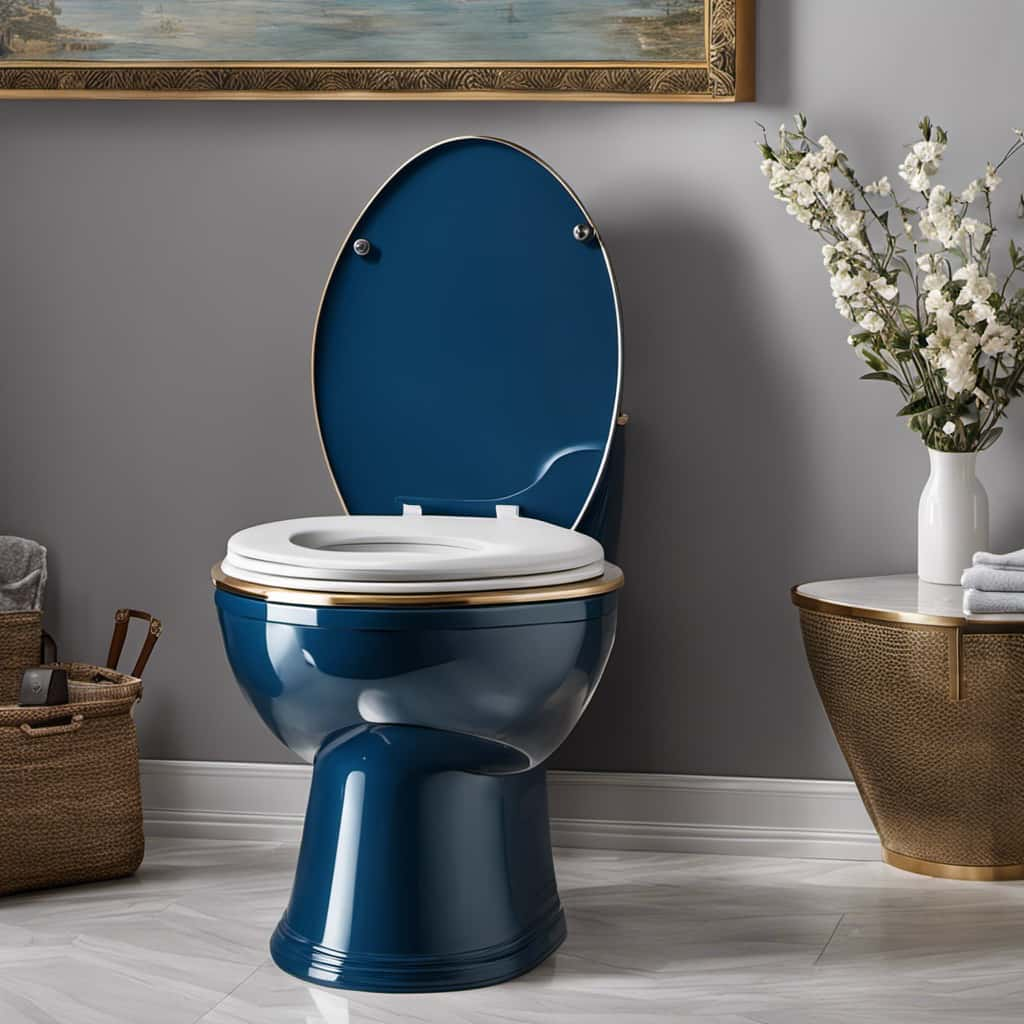
Understanding the Labeling and Packaging
To better understand the suitability of flushable wipes, it’s important to decipher the information provided on the labeling and packaging. Labeling regulations play a crucial role in informing consumers about the product’s attributes and proper usage. However, there’s often consumer confusion surrounding the labeling of flushable wipes.
Currently, there are no standardized regulations for labeling these products, which contributes to the confusion. Manufacturers may use terms such as ‘flushable,’ ‘septic-safe,’ or ‘disposable’ on their packaging, leading consumers to believe that these wipes can be safely flushed down the toilet. However, it’s essential to note that even if a wipe is labeled as flushable, it doesn’t guarantee that it will break down quickly in the sewage system.
Therefore, it’s crucial for consumers to carefully read the labeling and packaging information to make an informed decision about whether or not to flush these wipes.
The Truth Behind Flushability Claims
While understanding the labeling and packaging is important, it’s crucial to examine the truth behind flushability claims for wipes. In the ongoing flushable wipes controversy, it’s essential to debunk the flushability claims made by manufacturers. Here are three key points to consider:
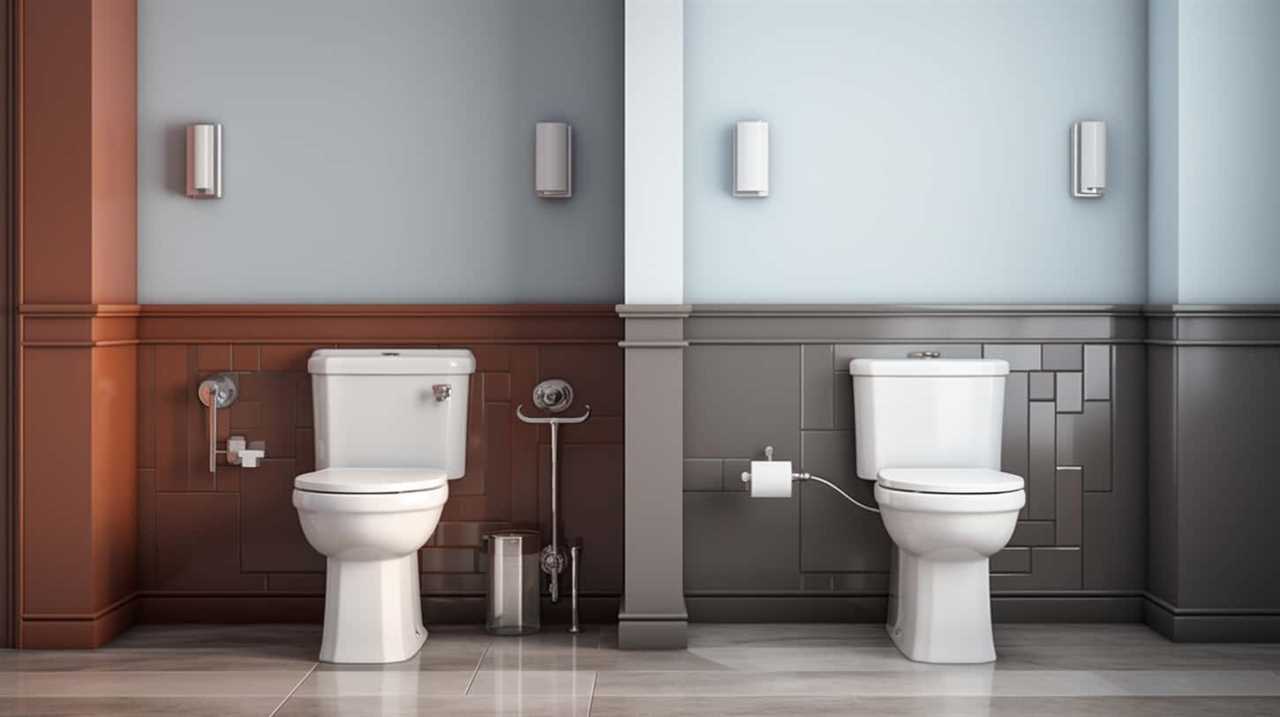
- Independent studies have revealed that many so-called ‘flushable’ wipes don’t disintegrate like toilet paper, leading to clogs in sewer systems and costly damages to wastewater treatment plants.
- The guidelines set by industry organizations, such as the International Water Services Flushability Group, may not accurately reflect real-world conditions and the impact of flushable wipes on plumbing and infrastructure.
- Wastewater treatment facilities have reported significant problems caused by flushable wipes, including clogged pumps and screens, leading to increased maintenance costs and potential environmental harm.
By examining the evidence and challenging the flushability claims, we can gain a better understanding of the potential risks associated with these products.
Now, let’s delve into the materials used in flushable wipes.
The Materials Used in Flushable Wipes
Now let’s take a closer look at the materials used in flushable wipes.
Flushable wipes are typically made from a combination of synthetic and natural fibers. These fibers are chosen for their strength and absorbency to ensure effective cleaning.

However, it’s important to note that the term ‘flushable’ has been a subject of debate. While these wipes may pass certain flushability testing, they can still cause clogs and blockages in sewer systems. This is due to their inability to break down like toilet paper.
Additionally, the environmental impact of flushable wipes is a concern. The non-biodegradable materials used in their production can contribute to pollution and harm aquatic life.
Therefore, it’s essential to consider the potential consequences before flushing any wipes down the toilet.
The Testing Methods for Flushability
When it comes to determining if wipes are truly flushable, reliable flushability testing methods are crucial.
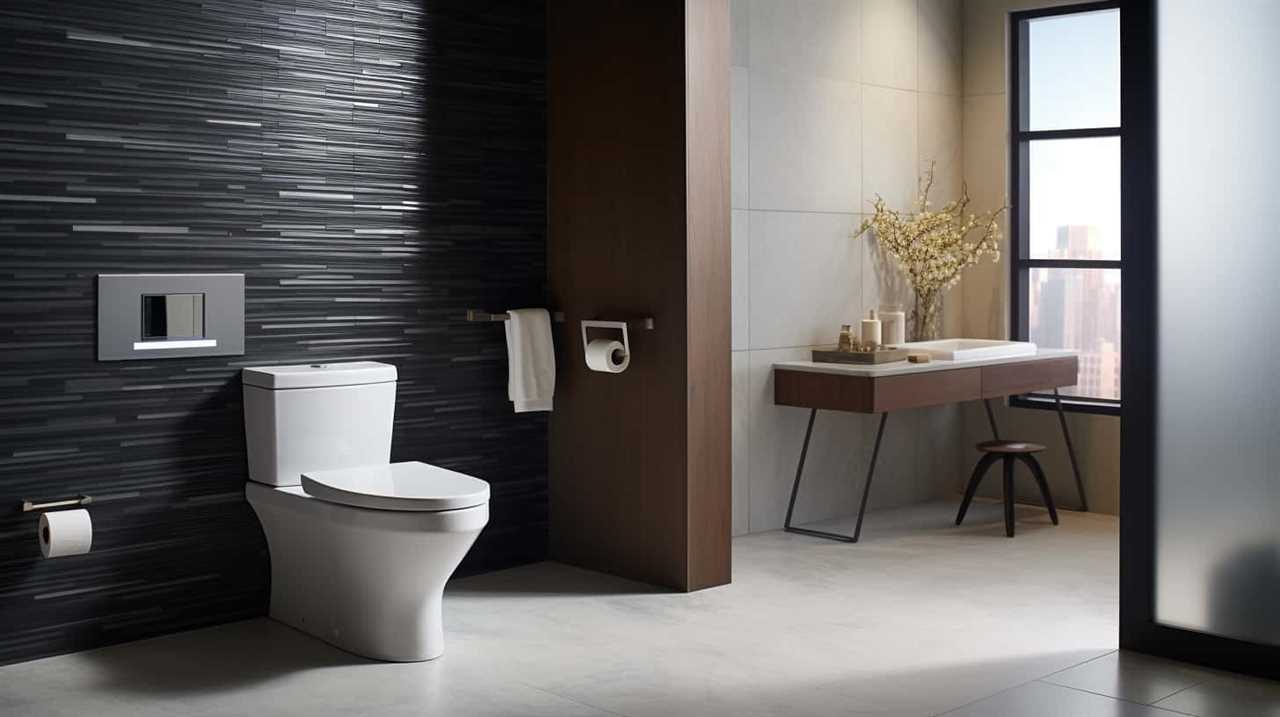
These testing methods should be standardized to ensure consistency and accuracy across different brands and products.
Reliable Flushability Testing
To determine the flushability of wipes, we rely on a variety of reliable testing methods. These methods are crucial in evaluating the reliability of flushability claims made by manufacturers and assessing the potential impact of wipes on wastewater treatment facilities.
Here are three key testing methods used:
- Disintegration Testing: Wipes are subjected to agitation in water to simulate flushing. The time taken for the wipes to break down is recorded, ensuring they disintegrate within a specified period.
- Flushability Scorecard: This comprehensive assessment tool evaluates multiple factors, including dispersibility, biodegradability, and impact on sewer systems. Wipes are scored based on their performance in each category.
- Field Testing: Real-world conditions are replicated to observe the behavior of wipes when flushed. This involves monitoring their flow through sewer systems and assessing any blockages or clogs caused.
Standardizing Flushability Criteria?
We frequently use reliable testing methods to standardize flushability criteria for wipes. Standardizing flushability testing is crucial to ensure that wipes labeled as "flushable" actually break down and disperse in the sewer system without causing any issues. The industry regulations play a significant role in establishing these testing methods and criteria. These regulations aim to protect plumbing and sewer systems from potential clogs and blockages caused by non-flushable wipes.
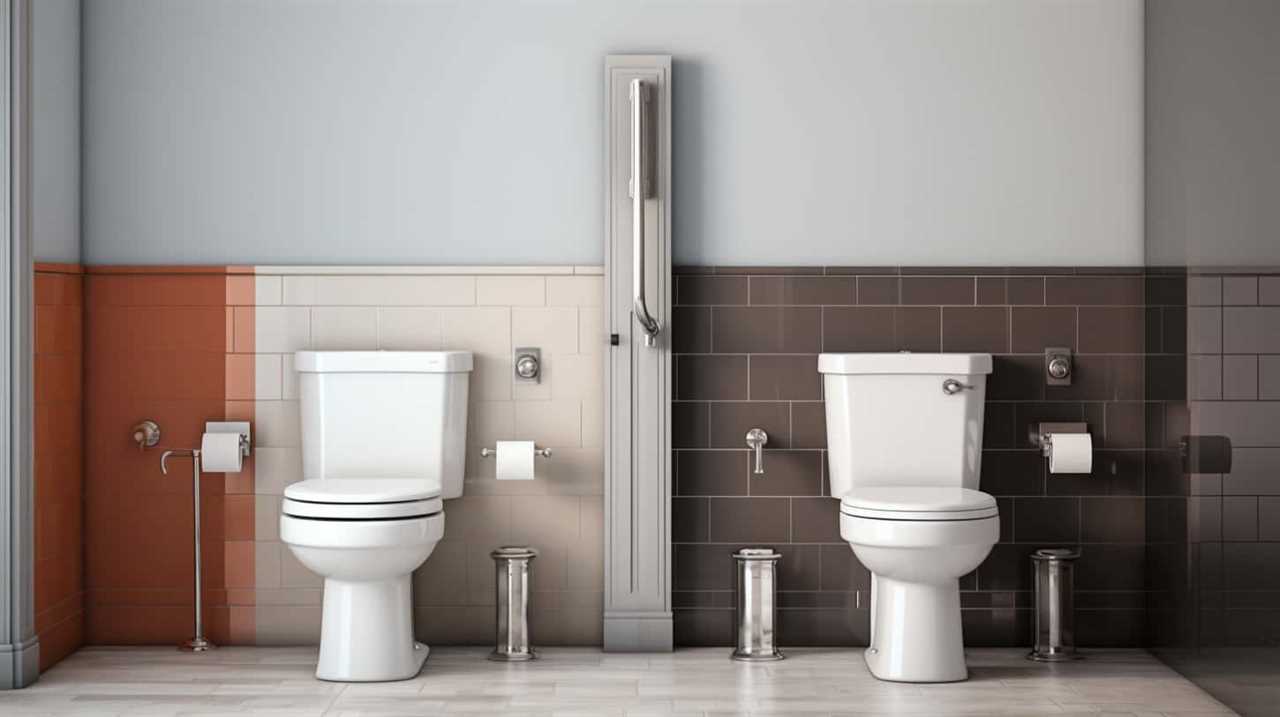
Below is a table illustrating some common factors considered in flushability testing:
| Testing Factors | Testing Methods | Criteria |
|---|---|---|
| Disintegration | Water agitation | Complete breakdown |
| Dispersion | Simulated flushing | Minimal residue |
| Solubility | Chemical analysis | Dissolve in water |
| Flushability | Flushability test | Easy passage through |
| the plumbing system |
Standardizing flushability testing ensures that wipes meet the necessary criteria before being labeled as "flushable." However, the impact on plumbing and sewer systems still needs to be considered.
The Impact on Plumbing and Sewer Systems
When it comes to the impact of flushable wipes on plumbing and sewer systems, there are a few key points to consider.
Firstly, these wipes can contribute to clogged pipes and sewers, leading to costly repairs and maintenance.
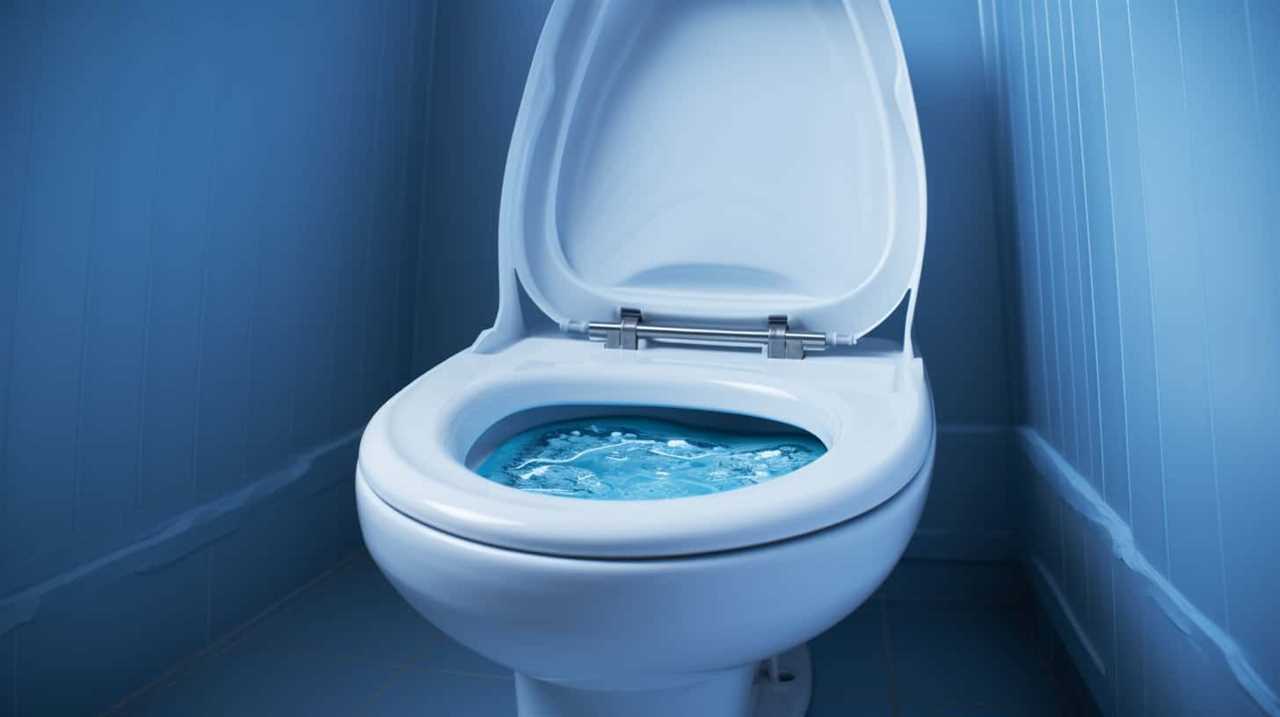
Secondly, flushing wipes also has environmental repercussions, as they can end up in waterways and harm marine life.
Lastly, it’s important to explore alternatives to flushing wipes, such as disposing of them in the trash, to prevent further damage to plumbing and sewer systems.
Clogged Pipes and Sewers
Our research shows that several wipes claiming to be flushable are actually causing clogged pipes and sewers. This issue has significant consequences for plumbing and sewer systems, as it can lead to costly repairs and disruptions in wastewater treatment processes.
Here are three key points to consider:
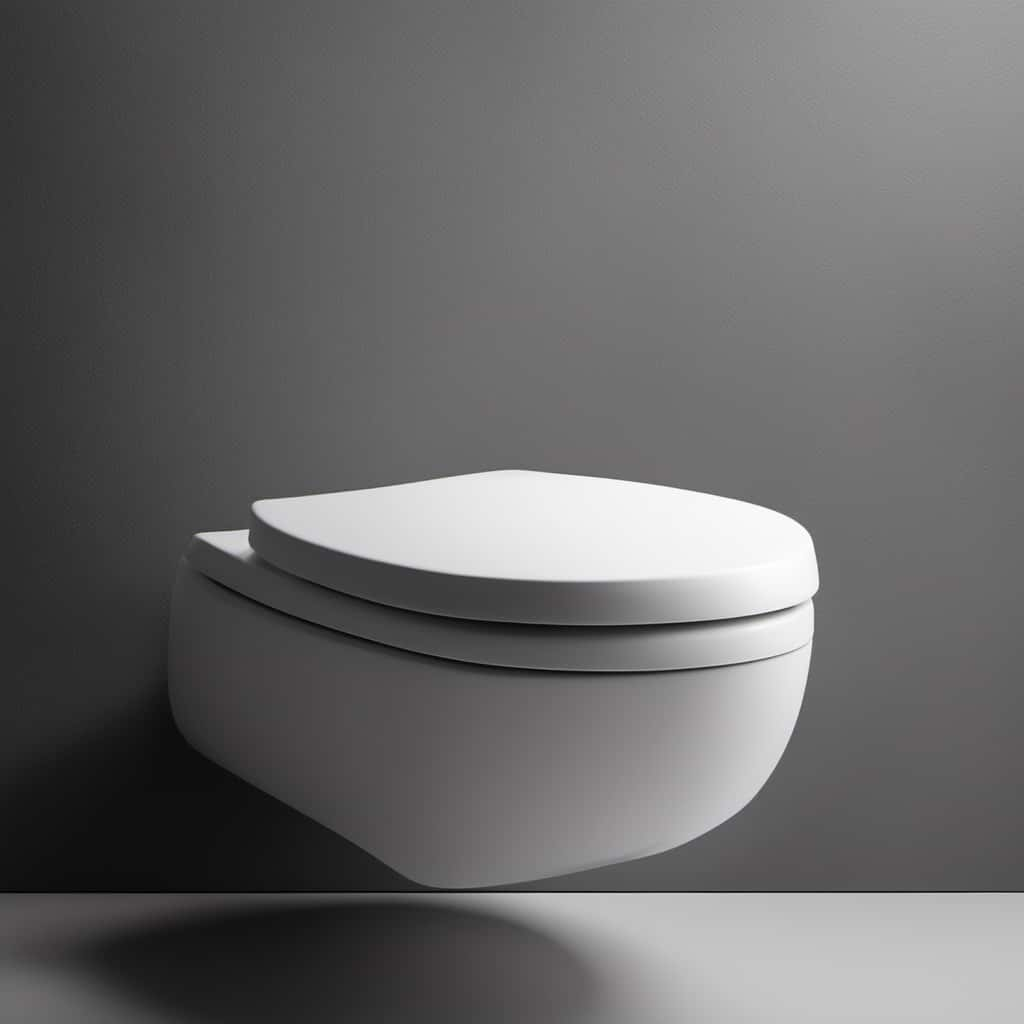
- Increased maintenance costs: Clogged pipes and sewers require frequent maintenance and repairs, which can be expensive for both homeowners and municipalities. The cost of removing wipes from the system and restoring proper functioning can add up quickly.
- Environmental impact: When wipes clog pipes and sewers, they can contribute to overflows and spills, releasing untreated wastewater into the environment. This pollution affects water quality, harms aquatic life, and compromises the overall health of ecosystems.
- Strain on wastewater treatment: Clogs caused by flushable wipes can overload wastewater treatment plants, reducing their efficiency and affecting their ability to effectively treat sewage. This can result in inadequate treatment and the release of harmful contaminants into water bodies.
It is crucial to address the issue of clogged pipes and sewers caused by flushable wipes to minimize environmental damage and maintain the proper functioning of wastewater treatment systems.
Environmental Repercussions of Flushing
After considering the clogged pipes and sewers caused by flushable wipes, it’s important to examine the environmental repercussions of flushing and how it impacts plumbing and sewer systems.
While flushable wipes are marketed as safe for flushing, they can pose significant problems for wastewater treatment plants and the environment. Flushable wipes don’t break down like toilet paper, leading to blockages in pipes and clogs in sewer systems. These blockages can result in costly repairs and maintenance for municipalities.
Additionally, when flushable wipes reach wastewater treatment plants, they can clog equipment and interfere with the treatment process. This can result in increased energy consumption and the release of harmful substances into the environment.
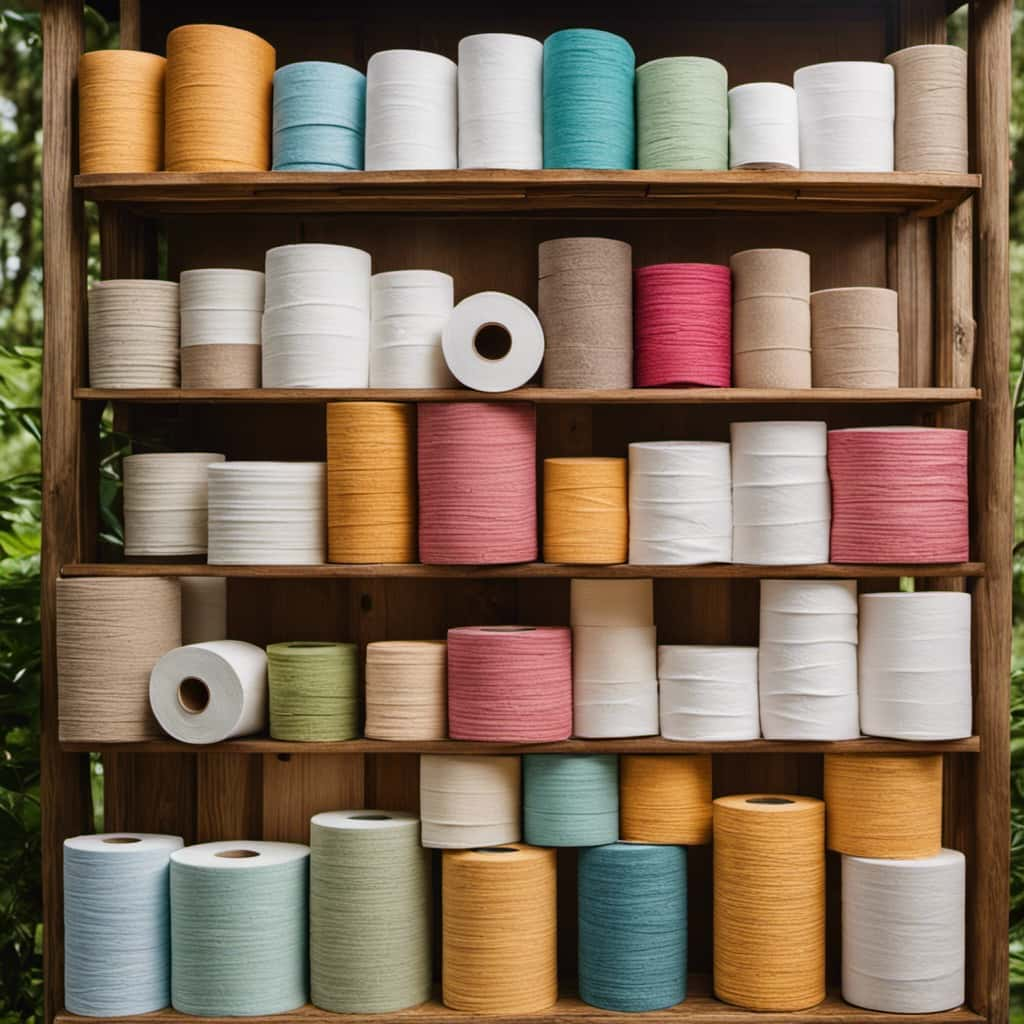
Therefore, it’s crucial to explore alternatives to flushing wipes that are truly biodegradable and safe for plumbing and sewer systems.
Alternatives to Flushing Wipes
How can we effectively address the impact of flushing wipes on plumbing and sewer systems?
Here are three eco-conscious alternatives to flushing wipes that can help mitigate the negative consequences on our infrastructure:
- Reusable cloth options: Using reusable cloth wipes instead of disposable ones can significantly reduce the amount of waste that ends up in our sewer systems. These cloth wipes can be made from soft, absorbent materials such as bamboo or cotton, and can be easily washed and reused.
- Bidets: Installing a bidet in your bathroom can eliminate the need for wipes altogether. Bidets use water to clean, reducing the reliance on wipes and minimizing the risk of clogging pipes and sewer lines.
- Wet bags: If you still prefer using disposable wipes, consider using a wet bag to dispose of them instead of flushing them down the toilet. Wet bags are waterproof and can be sealed tightly, preventing any potential leaks or spills, and can be emptied into the trash when full.
Environmental Consequences of Flushing Wipes
We need to be aware of the environmental consequences that result from flushing wipes down the toilet. Despite claims of flushability, many wipes don’t break down as easily as toilet paper. Testing methods have shown that these wipes can cause clogs and blockages in plumbing systems. When flushed, wipes can accumulate in pipes and sewers, leading to costly repairs and maintenance.
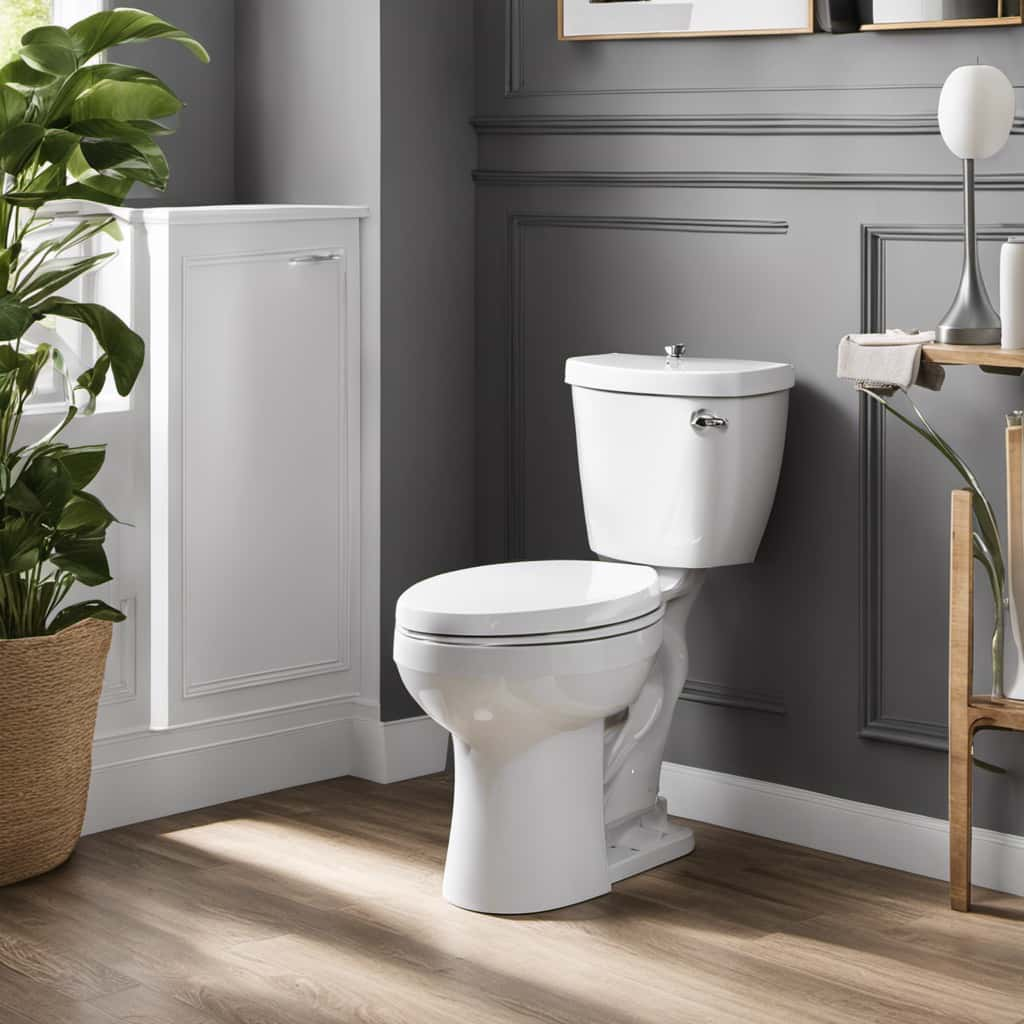
In addition to the impact on plumbing, flushing wipes can also have detrimental effects on the environment. Wipes that make their way into water bodies can contribute to pollution and harm aquatic ecosystems. It’s important to dispose of wipes properly, in designated trash bins, to prevent these environmental consequences.
Alternatives to Flushing Wipes
When it comes to alternatives to flushing wipes, there are a few eco-friendly options available.
One option is to use biodegradable wipes made from materials like bamboo or cotton that can be composted instead of flushed.
Another option is to switch to reusable cloth wipes that can be washed and reused, reducing waste.
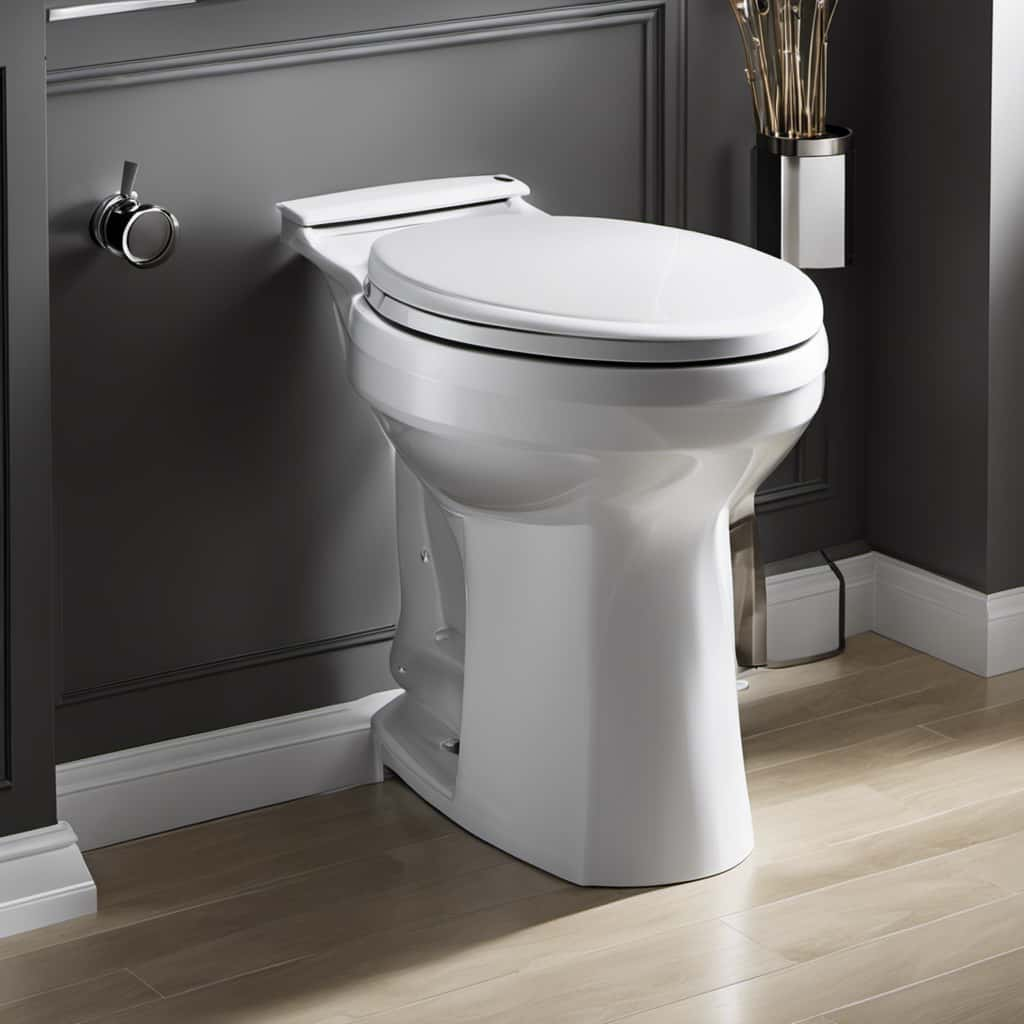
It’s important to remember to dispose of wipes properly by throwing them in the trash and not flushing them, to prevent clogs and environmental damage.
Eco-Friendly Wipe Options
As for eco-friendly wipe options, we can consider using reusable cloth wipes as an alternative to flushing wipes. These cloth wipes are made from sustainable materials, such as organic cotton or bamboo, which are biodegradable and have a lower environmental impact compared to disposable wipes.
Additionally, cloth wipes can be washed and reused multiple times, reducing waste and saving money in the long run.
When it comes to eco-friendly manufacturing, many companies are now adopting sustainable practices, such as using renewable energy and minimizing water usage during the production process. Moreover, some brands are also focusing on sustainable packaging, using recycled materials and reducing plastic waste.
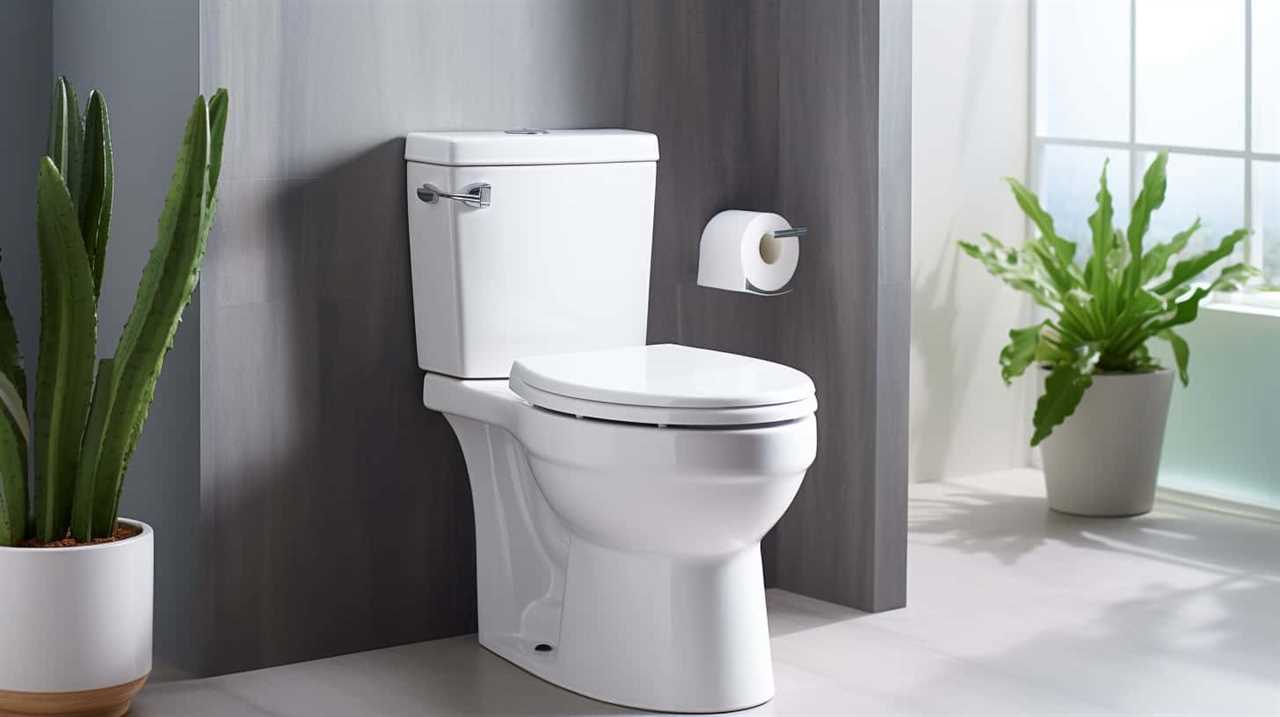
Proper Disposal Methods
One alternative to flushing wipes is to utilize designated disposal bins. Proper disposal methods are crucial to prevent clogs in sewage systems and protect the environment.
Educating consumers about the importance of disposing of wipes properly is essential. Many wipes are labeled as ‘flushable,’ leading consumers to believe they can be safely flushed down the toilet. However, municipal regulations on flushing wipes vary, with some cities banning the flushing of any type of wipe. These regulations aim to reduce the strain on wastewater treatment plants and prevent costly blockages in sewage pipes.
Proper Disposal of Non-Flushable Wipes
To properly dispose of non-flushable wipes, we should always discard them in a designated trash bin. Improper disposal of these wipes can have a significant environmental impact, leading to clogged pipes and sewage backups. It’s crucial for the public to be aware of the potential harm caused by flushing non-flushable wipes and to take responsibility for their proper disposal.
Here are three important reasons why proper disposal is essential:
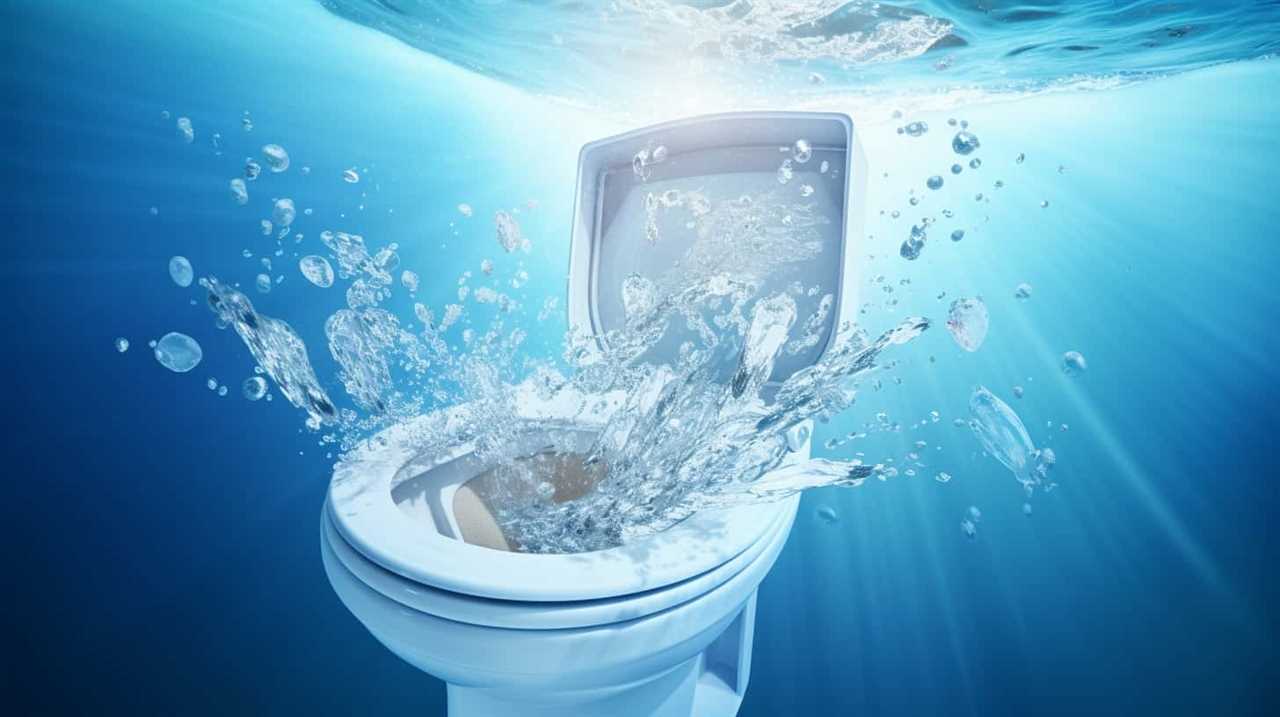
- Preventing clogs: Non-flushable wipes don’t break down like toilet paper, causing blockages in pipes and sewer systems.
- Protecting the environment: When flushed, these wipes can end up in water bodies, harming aquatic life and polluting ecosystems.
- Avoiding costly repairs: Cleaning up clogs and sewage backups can be expensive, both for individuals and municipalities.
By disposing of non-flushable wipes in the trash, we can minimize their negative impact on the environment and prevent unnecessary expenses.
Now, let’s explore some tips for choosing safe and environmentally friendly wipes.
Tips for Choosing Safe and Environmentally Friendly Wipes
When it comes to choosing safe and environmentally friendly wipes, we need to consider their ingredients and packaging. There are several eco-friendly wipe brands available in the market that prioritize sustainability and minimize their impact on the environment. These brands use biodegradable and natural ingredients instead of harmful chemicals.
Look for wipes that are certified by credible organizations such as the Forest Stewardship Council or the Sustainable Forestry Initiative. Additionally, opt for wipes that come in compostable packaging to further reduce waste. Some brands offer compostable wipe options that can be disposed of in home composting systems, reducing the need for landfill space.
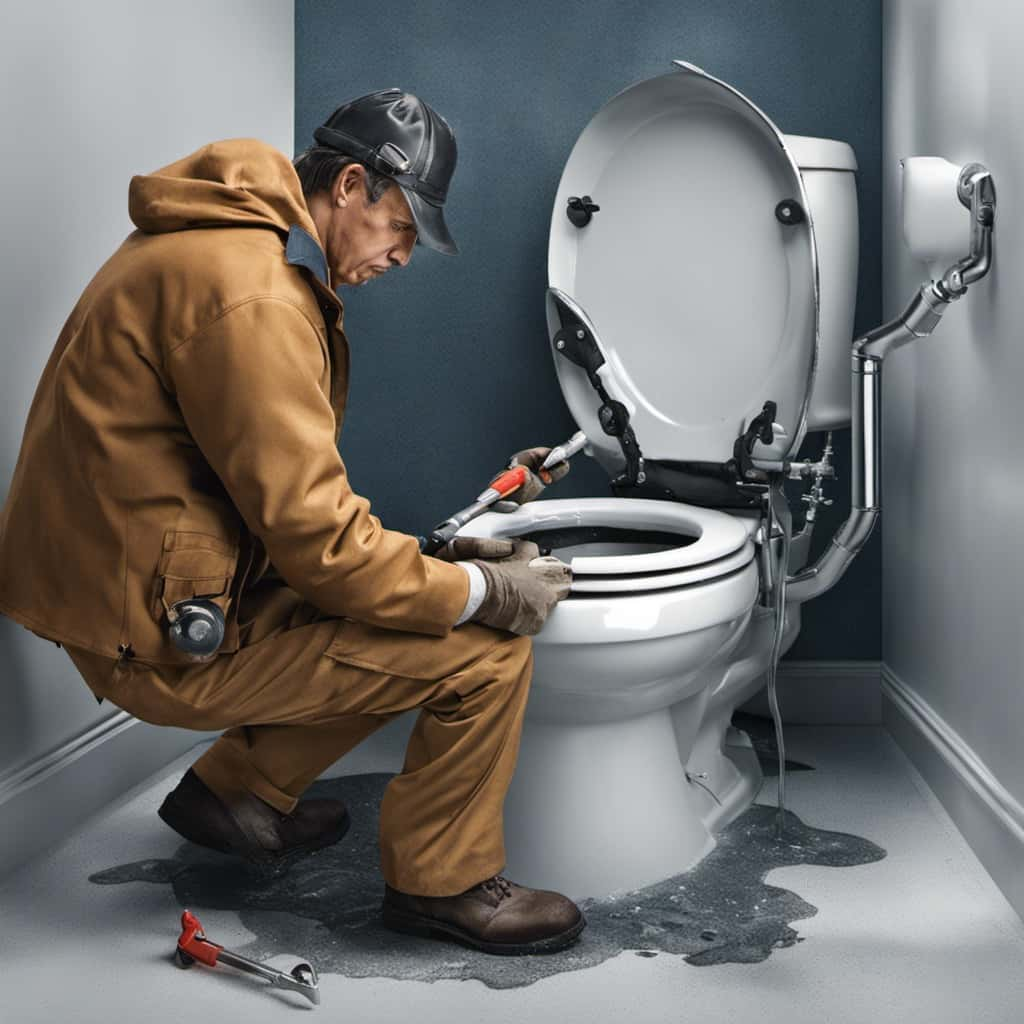
Frequently Asked Questions
Are Flushable Wipes Safe to Use in Septic Systems?
Flushable wipes may not be safe for septic systems. They can clog pipes and harm the environment. Alternatives include using toilet paper or biodegradable wipes specifically designed for septic systems.
Can Flushable Wipes Cause Blockages in the Plumbing System?
Flushable wipe alternatives are available due to concerns about the environmental impact of flushable wipes. However, can flushable wipes cause blockages in the plumbing system? Let’s examine the evidence to find out.
Do Flushable Wipes Break Down Completely in Water?
Flushable wipes do not break down completely in water. They can cause harm to the environment and cannot be recycled. It is important to dispose of them in the trash to prevent plumbing blockages.
Are There Any Regulations or Standards in Place for Flushable Wipes?
There are regulations in the flushable wipes industry that aim to ensure their safety and environmental impact. However, it is still debated whether any wipes are truly flushable and break down completely in water.
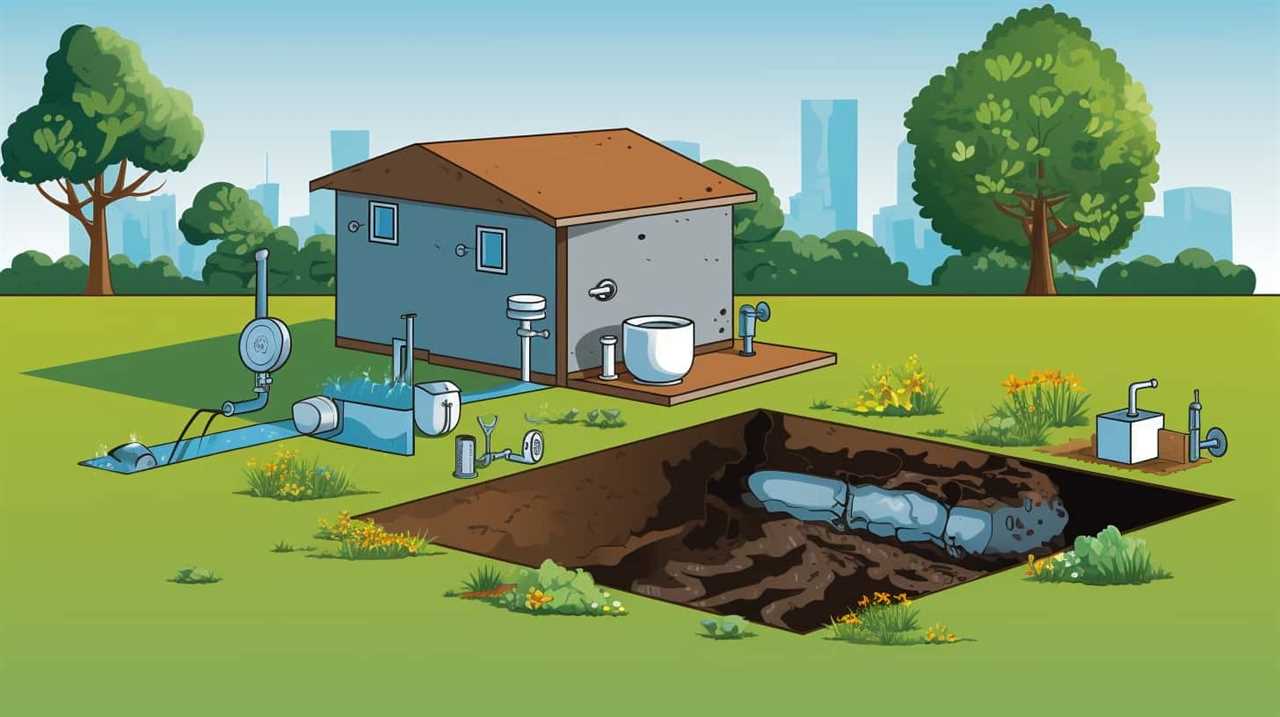
What Are the Potential Health Risks Associated With Using Flushable Wipes?
Potential allergies and environmental impact are two concerns associated with using flushable wipes. It’s important to consider that these wipes may contain ingredients that can cause skin reactions, and when flushed, they can contribute to clogged pipes and environmental pollution.
Conclusion
In conclusion, the truth is that despite claims by some manufacturers, there are no wipes that are truly flushable.
The label may say otherwise, but the reality is that flushing wipes can lead to clogged pipes and environmental damage.
Instead, it’s important to dispose of wipes properly in the trash.

Remember, when it comes to wipes, don’t believe the hype – choose a safer and more environmentally friendly option.



